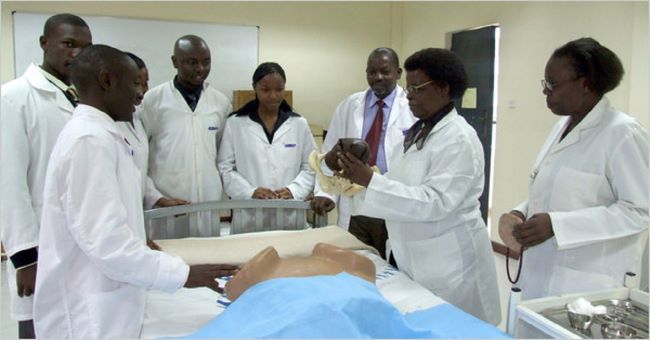Privacy Overview
This website uses cookies so that we can provide you with the best user experience possible. Cookie information is stored in your browser and performs functions such as recognising you when you return to our website and helping our team to understand which sections of the website you find most interesting and useful.


















11, December 2023
Yaoundé authorities under pressure as North gripped by spate of lucrative ransom kidnappings 0
In just three years (2015–18), kidnappers in North Cameroon collected ransom money of around €3-million (CFAF 2-billion), according to Garoua police. This crime has soared despite government measures such as military deployment and the creation of vigilante committees.
Kidnappers are from different African countries and cross borders to capture or hide their victims — making this a complex transnational crime and difficult to contain.
On 2 September, four Forests and Environment Sector Programme employees were kidnapped on the Mayo Djarendi-Madingring road in the country’s Mayo-Rey department. The abductors demanded CFAF 40 million to release them. On 22 October, at least 40 people of Chadian and Cameroonian nationality were abducted near Touboro in North Cameroon.
Kidnappings for ransom have increased in the context of North Cameroon’s active agricultural and animal husbandry economy. These activities generate significant revenue, adding to border trading, which is particularly lucrative.
Mayo-Rey, Bénoué and Mayo-Louti, on the border with the Central African Republic (CAR), Chad and Nigeria, are the departments most targeted by kidnappings for ransom. Persistent issues of weapons possession and trafficking in these countries, partly driven by sociopolitical crises and rebellions, provide kidnappers with the means to carry out their activities.
Sources in North Cameroon told the Institute for Security Studies (ISS) how hostage-takers cross these long and porous borders to find targets. They subdue their victims and sow fear among civilians, rendering them more vulnerable. They usually target farmers, cattle breeders, shopkeepers and humanitarian workers, chosen for their perceived ability to respond to the ransom demands due to their apparent financial capacity.
The phenomenon is spreading beyond the northern and eastern regions (Far North, North, Adamawa and East) to neighbouring areas in Chad, the CAR and Nigeria. It also involves various nationalities, as evidenced by ex-hostages. In Garoua, one informant, who requested anonymity, said his abductors were Nigerian. Another was certain that some came from Sudan. This cross-border dimension reveals a connection between the Sahel, East Africa through Sudan and Central Africa.
Source: Institute for Security Studies (ISS)